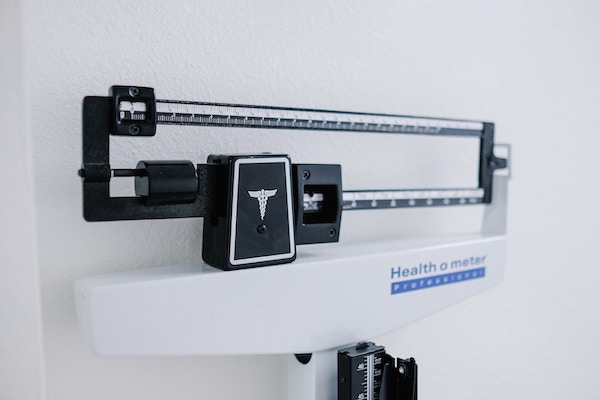A study involving more than 745,000 adolescents from 41 countries across Europe and North America identified an increase in teenagers who underestimate their body weight.
Tracking data from 2002 to 2018, the peer-reviewed findings, published today in Child and Adolescent Obesity, demonstrate a noticeable decrease in those who overestimate their weight too.
The team of international experts, who carried out the research, warn these shifting trends in body weight perception could reduce the effectiveness of public health interventions aimed at weight reduction in young people.
“During this impressionable age, body weight perception may influence a young person’s lifestyle choices, such as the amount and types of food they eat and their exercise habits,” says lead author Doctor Anouk Geraets, from the Department of Social Sciences, at the University of Luxembourg.
“So it’s concerning that we’re seeing a trend where fewer adolescents perceive themselves as being overweight — as this could undermine ongoing efforts to tackle increasing levels of obesity in this age group. Young people who underestimate their weight and therefore do not consider themselves to be overweight may not feel they need to lose excess weight and, as a result, they may make unhealthy lifestyle choices.”
A person’s perception of their body weight may not accurately reflect their actual weight. A discrepancy in body weight perception (BWP) may either be an underestimation (where actual weight is higher than perceived weight) or an overestimation (where actual weight is lower than perceived weight).
In the present study, the researchers examined survey data from 746,121 11-, 13- and 15-year-olds from 41 countries collected at four-yearly intervals between 2002 and 2018 in the International Health Behavior in School-Aged Children (HBSC), a WHO collaborative study.
The team modeled trends in BWP among adolescents across different countries over time, making adjustments for age, gender, and family socioeconomic status. They found:
- Underestimation of weight status increased, and overestimation of weight status decreased over time among both sexes, with stronger trends for girls.
- Correct weight perception increased over time among girls and decreased among boys.
- Changes in correct weight perception, underestimation, and overestimation of weight status differed across different countries — but an increase in country-level overweight/obesity prevalence could not explain these changes.
The authors speculated that the observed differences between girls and boys in BWP may support the idea there are sex differences in body ideals — and that these body ideals have changed over time. Notably, the increased underestimation and decreased overestimation of weight status over time for girls may be explained by the emergence of an athletic and strong body as a new contemporary body ideal for both sexes.
“This study has clinical and public health implications. The increase in correct weight perception and the decrease in overestimation may have a positive effect on unnecessary and unhealthy weight loss behaviors among adolescents. In contrast, the increase in underestimation might indicate the need for interventions to strengthen correct weight perception,” says lead author Doctor Anouk Geraets.
“More research is now needed to understand the factors underlying these time trends and to develop effective public health interventions.”
While the large number of participating countries is a strength of the present study, as these only included countries in Europe, the USA, and Canada, the results can’t be generalized to other regions. In addition, although steps were taken to adjust the models for certain potential confounding factors, several other factors — such as body image, dieting, changing eating patterns, or migration — may also have played a role in the observed trends.
Anouk Francine Jacqueline Geraets, Alina Cosma, Anne-Siri Fismen, Kristiina Ojala, Daniela Pierannunzio, Colette Kelly, Marina Melkumova, Charlene Vassallo, Jelena Gudelj Rakic, Andreas Heinz. Cross-national time trends in adolescent body weight perception and the explanatory role of overweight/obesity prevalence. Child and Adolescent Obesity, 2023; 6 (1) DOI: 10.1080/2574254X.2023.2218148


Recent Comments